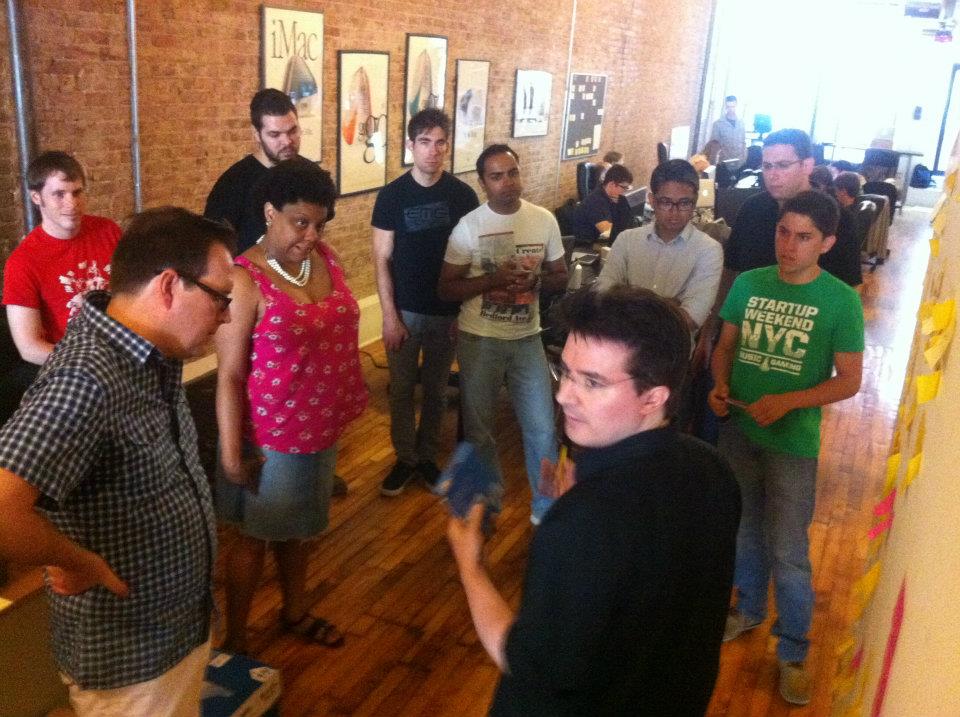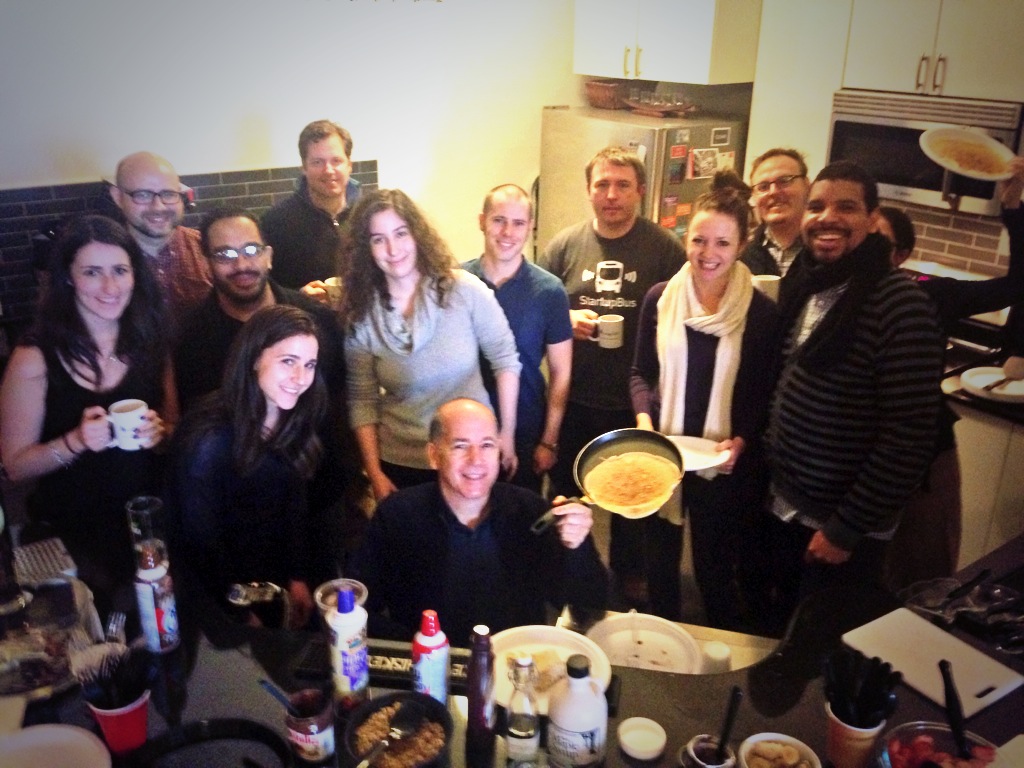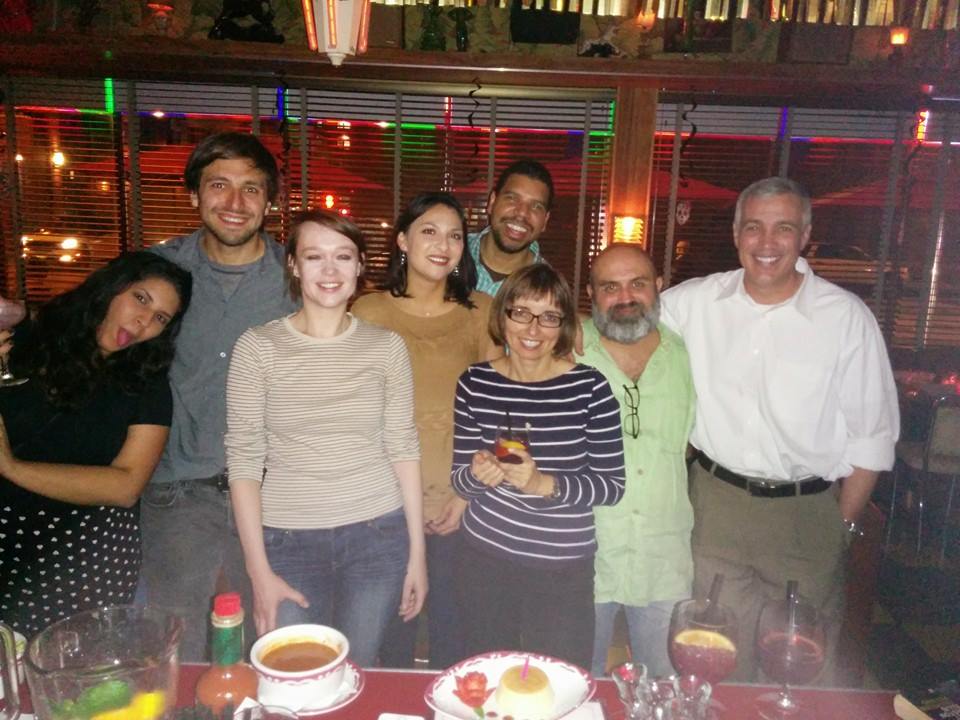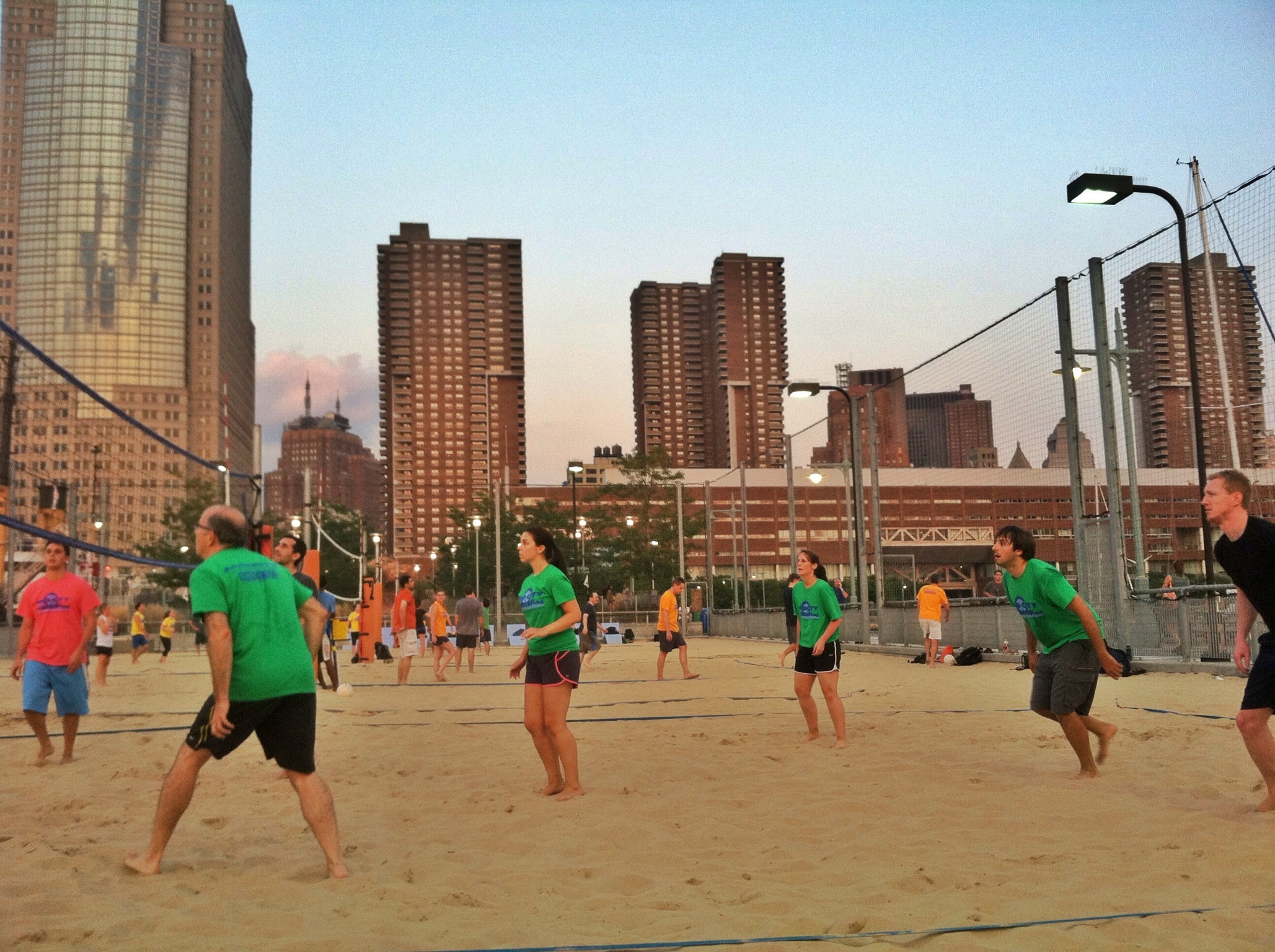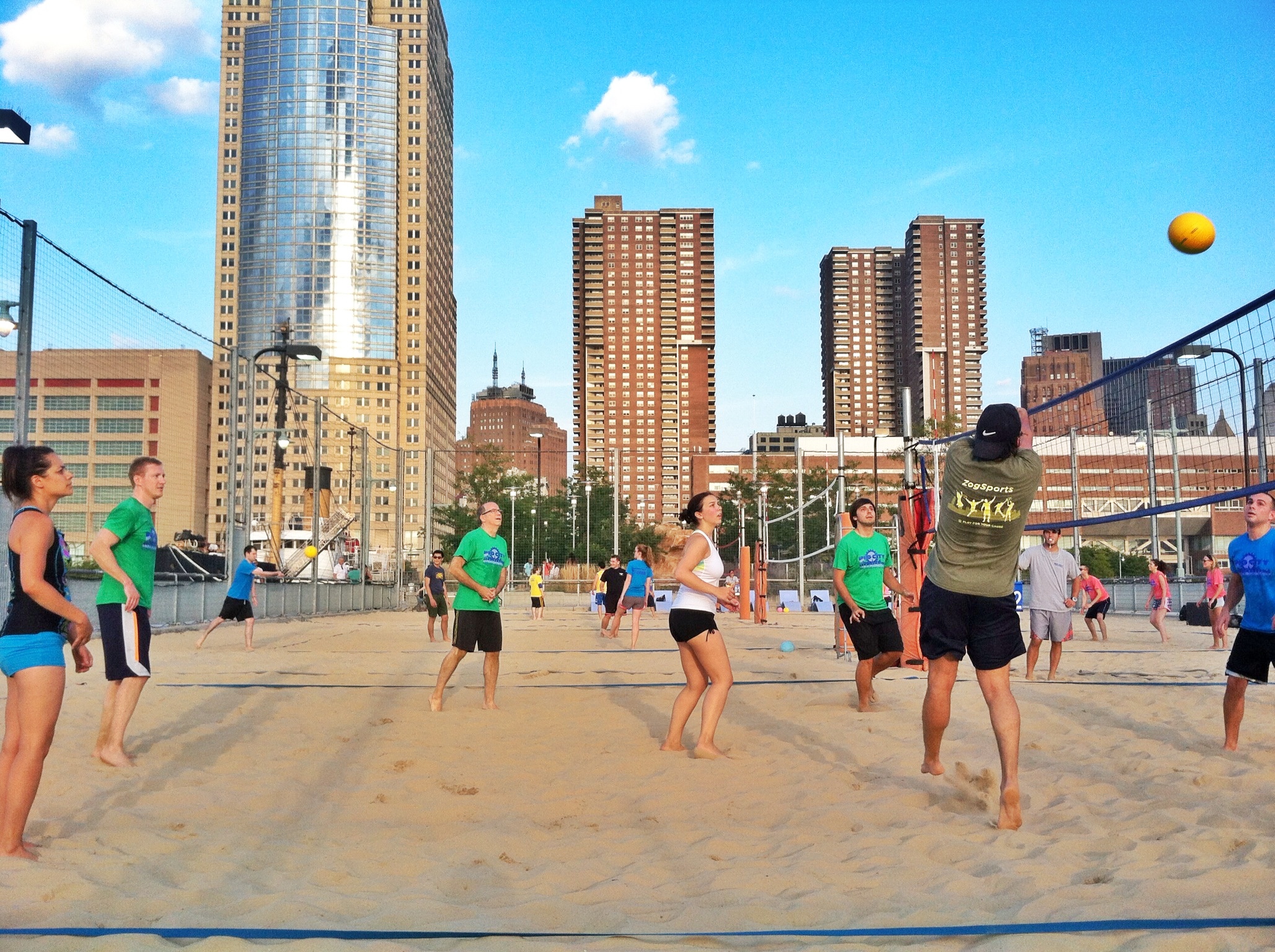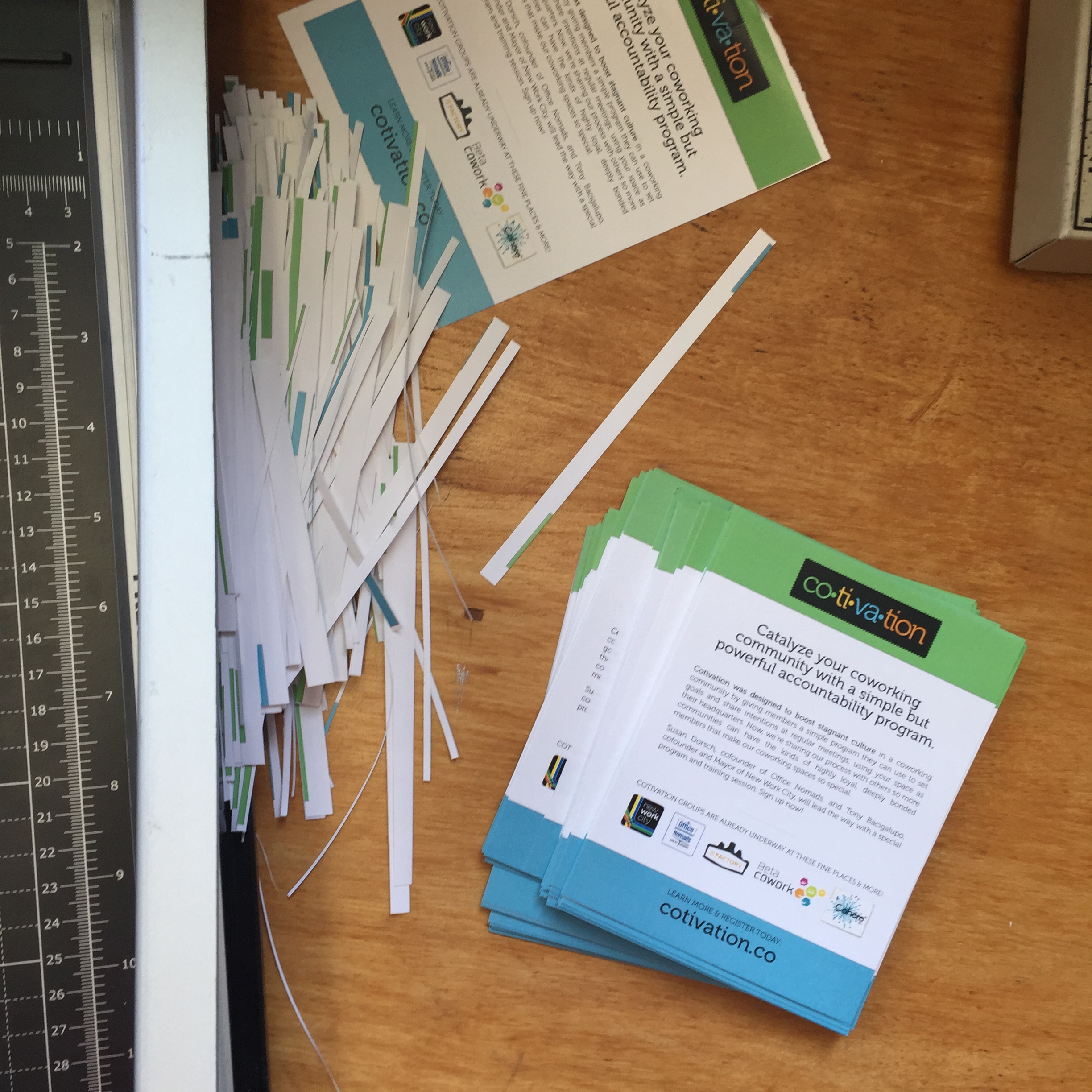It was the end of 2012, our space had taken a beating. Competition was getting fierce, as people started to catch onto the coworking trend in NYC.
Our members were getting lured away with generous offers of free membership—people using their cash to hurt us, because they knew we didn’t have the money they had.
And go they did—but it wasn’t just because they could get a better deal elsewhere. It was because our culture was lagging, badly.
We had fallen into the “everyone just on their headphones” zone.
It was over two years at this point since we’d moved into our new space, so the core of people who had participated in that process had dwindled substantially—as all generations of community members do over time.
The new people who had joined had little personal experience to give them emotional investment in the space they were joining. While we still did a lot of things to make people feel welcome and special, the visceral sense of shared ownership wasn’t there.
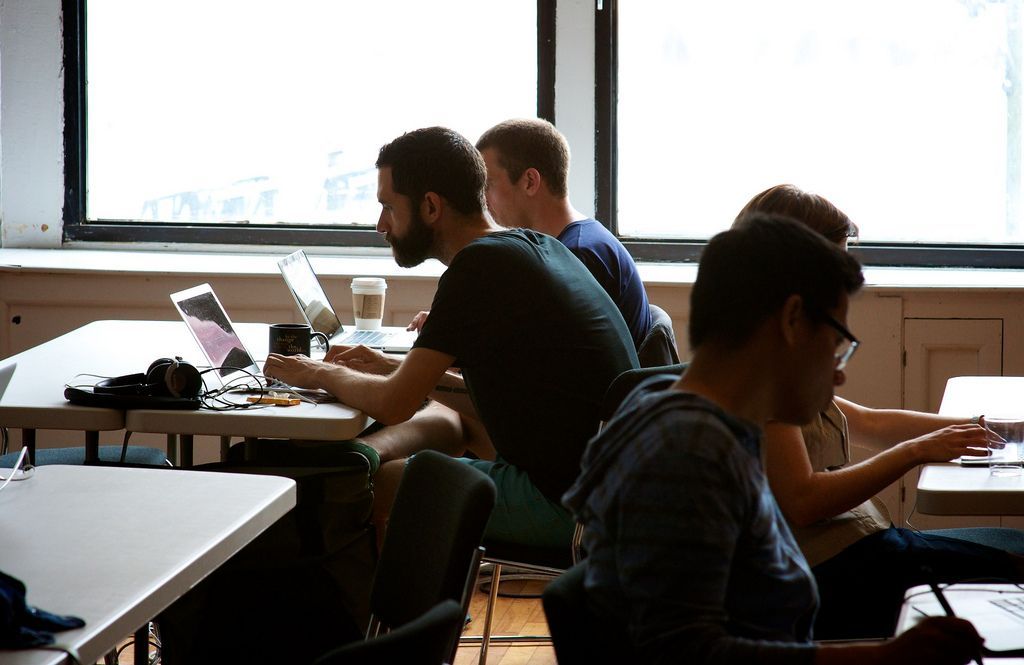
When people feel like they’re just members, they’re a lot more likely to leave when something slightly better comes along.
I knew that we couldn’t get away with simply being a coworking space anymore—when we were the only game in town, that was all we needed to do!
But now, there were other up-and-coming, well-funded companies coming in and setting their sights on us.
(There was this one new space, called WeWork, whose one and only location had opened only a few blocks from us. I wonder how things went for them?)
There was no doubt that the market for coworking had lots of growing to do, and there was plenty of room for everyone—but we had to carve out our niche and really own it in a new way.
Our numbers were down, so we had to get more members. But it couldn’t just be about getting bodies in the door.
I wanted people to join who really cared to participate. Who wanted to build relationships and be a part of something special.
At this point, we were just getting into Christmastime, so I had a chance to reflect.
I knew that whatever I did had to be special, and it had to align with my own needs—I couldn’t just build something contrived in the hope of drumming up sales.
The end of December meant setting intentions for the coming year ahead, and the endless dance of optimism and cynicism that comes along with that.
We set our resolutions, but then we break them. So it goes.
But does it have to?
That was when it hit me—I want to keep my resolutions this time, but I know I won’t do so if I’m on my own. In a community setting, with accountability to my peers, however, I’d have a much better chance.
And I bet I’m not the only one who wants to find some support keeping my New Years resolutions.
I got to work building it out. It was going to be the main invitation people saw when they went to my space’s web site, so instead of renting space people were enticed to join this group.
I put a lot of my own personal passion into the copy. I called it Cotivation.
Cotivation enticed existing members who were hungry for something to participate in.
Instead of trying to push the existing members to be more active in the community, I built something that attracted the fraction of people who were ready and waiting for something to join.
This was critical—because too many spaces waste too much energy trying to get their existing disengaged members to participate, to the annoyance of everyone.
Inevitably, these were Super-Members in waiting—just needing the right catalyst to be activated.
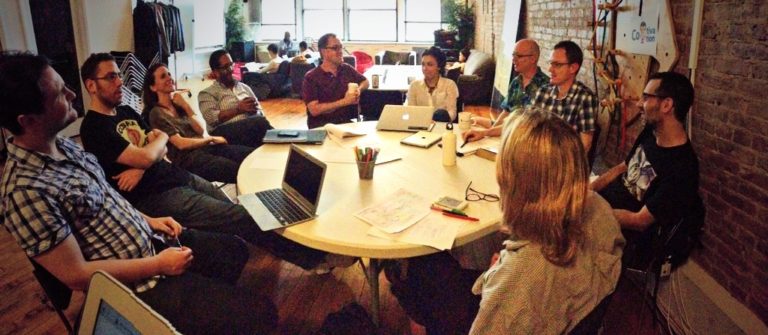
The the first meeting changed our fortunes for the better forever.
The first meeting was about 12 people, roughly equal parts new members and existing ones. We went around and all shared a bit about ourselves—what we do, and what we are trying to get better at.
Inevitably and immediately, the opportunities for deeper connection emerged.
The Android developer needed the help of the marketing consultant. The photographer needed the CPA. The CPA needed the graphic designer.
Everybody needed the physical therapist.
The act of creating a safe space for people to open up led to a blossoming of activity.
Members were suddenly leading each other on workshops, road-mapping exercises, and Work Sprints—all to help each other better achieve their goals.
Before long, the whole space was thriving again. It was only a few months later that we found ourselves approaching capacity, as membership grew and activity in the space flourished.
The people who were a part of that initial Cotivation group ended up becoming the cultural core of the space for the next two years, all the way through and even past when we closed the space.
Several of those people are best friends and still meet to work together today, years after our space went away.
That kind of lasting, meaningful, real relationship-building is why I got into this business.
Returning to those roots helped turn my space’s numbers around, but it also made the whole thing fun again.
When spring 2013 came around, I finally realized a long-time dream to form a volleyball team of coworking space members. The majority of people who joined were Cotivators.
I knew this Cotivation idea was a winner. More people needed to try this. Susan thought the same thing.
Having run Office Nomads in Seattle for longer than I was running my own space, Susan had encountered similar ups-and-downs. She knew the value of the program and had a lot of her own ideas for how to make it better.
So Susan became the second Cotivation organizer, and the one who turned it into a consistent, reproducible program.
Susan and I conspired to make Cotivation into something anyone could organize anywhere. She took the lead on documenting the process in a manual, and worked with me to make it available through a web site we had set up.
Since then, the Cotivation program has been vitalizing coworking communities all over the world.
If you’re interested in starting a Cotivation group, we’ve got all the materials you need to make it happen with ease.
To get access to the materials and support in getting started, consider joining our support network or purchasing our Coworking Toolkit.
Regardless of that, I hope this story inspires you to organize something similar. Share your story!
